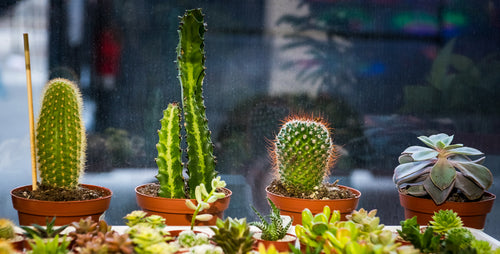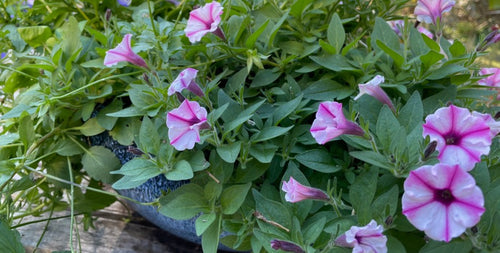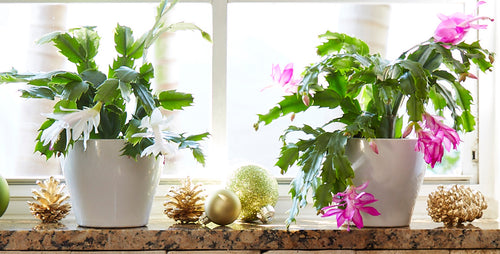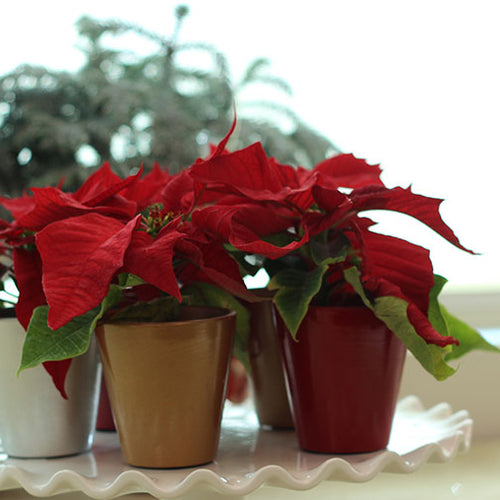 I think most gardeners understand that houseplants, which are tropical in nature, need to be moved indoors in the fall in cold climates. But, surprisingly, some gardeners don’t always realize that succulents and cacti also need a cozy spot to spend the winter indoors. Because succulents have such a tough nature people might think they can handle whatever the weather throws at them. Sadly, though, most species can’t handle frost and should be moved to a protected spot well before the weather turns sour.
I think most gardeners understand that houseplants, which are tropical in nature, need to be moved indoors in the fall in cold climates. But, surprisingly, some gardeners don’t always realize that succulents and cacti also need a cozy spot to spend the winter indoors. Because succulents have such a tough nature people might think they can handle whatever the weather throws at them. Sadly, though, most species can’t handle frost and should be moved to a protected spot well before the weather turns sour.
One of the main reasons succulents are susceptible to cold temperatures is because of their fleshy, water-storing leaves or spines. Storing water in their leaves helps these desert natives survive periods of heat and drought, but in the winter, the water freezes and kills the plant.
Species such as crassula, echeveria, haworthia, euphorbia, aloe, kalanchoe, senecio, and portulacaria all need to be brought indoors as the weather cools in the fall. But, they don’t mind indoor conditions at all as long as they get plenty of sun and only a small amount of water during the winter. Most of my succulents are growing in pots by themselves so moving them is easy. But, I often mix succulents with annuals in containers, so I’ll pop out the succulents with a trowel. Then, these stragglers get potted and brought indoors. Once inside, I give my plants a quick drink once a month between October and May.In frost free regions, most cacti and succulents can be left in place over the winter. Our Desert Escape collection, for example, is designed for landscape use and contains a wide variety of gorgeous species in a variety of pot sizes. Desert Escape succulents can be planted in the landscape at any time, just make sure you place them where they can get at least 6 to 8 hours of sunshine a day. They also need well drained soil so add a little sand to your planting bed if it gets mucky after a heavy rain.
Of course, if you like the look of succulents in your landscape but live in a colder climate, try using sedums instead. These beauties are succulent in nature, although not sold as traditional succulents. They include super hardy varieties such as Angelina, Blue Spruce, Coral Reef, Tricolor, Blue Elf, Fuldaglut, Autumn Joy, and Weihenstephaner Gold. Another succulent like option that works great in tight spaces are hens and chicks. Each mother plant produces a clutch of look-alike babies around it. And best of all, Hens and Chicks and sedums are hardy from zones 4-8.Written by Doug Jimerson

















